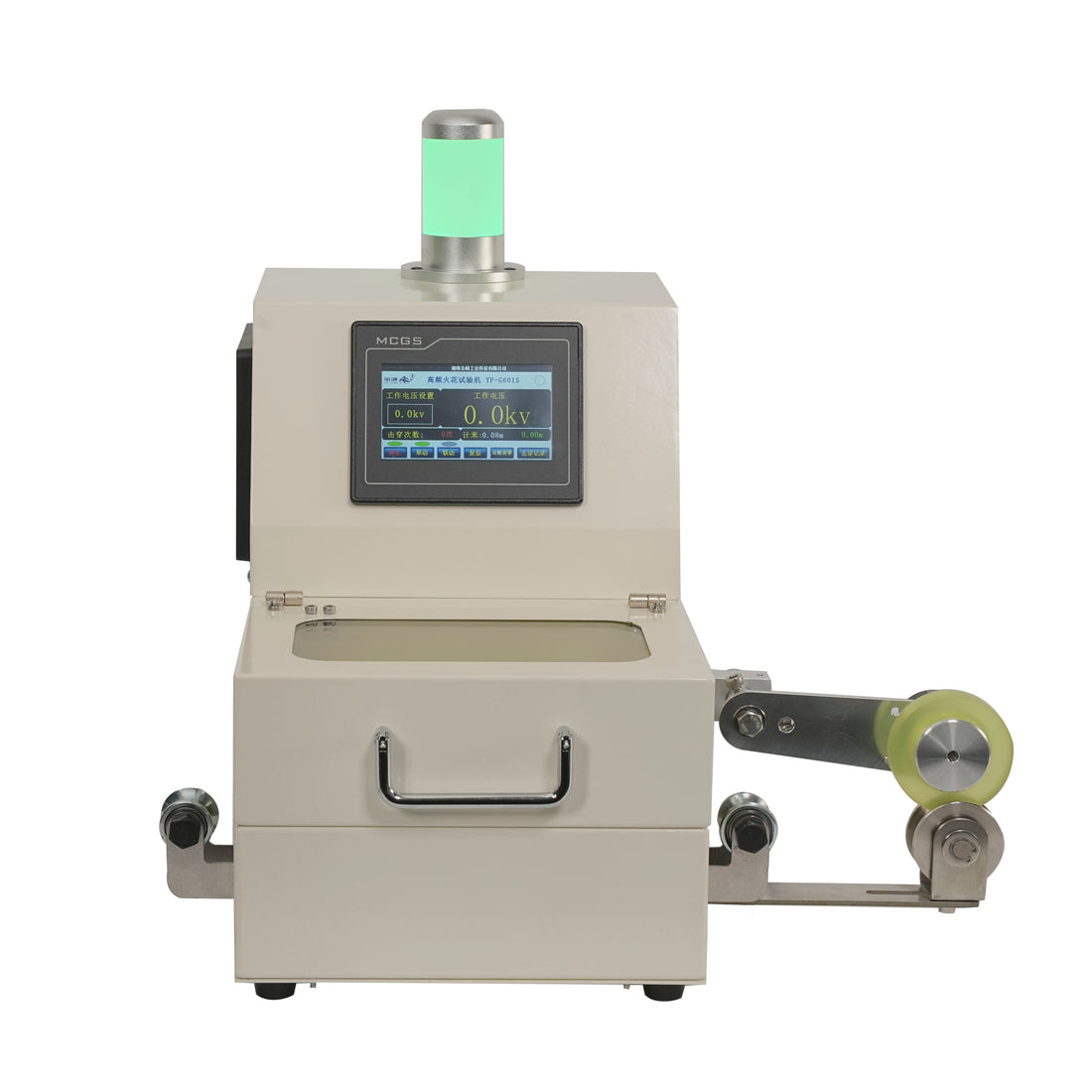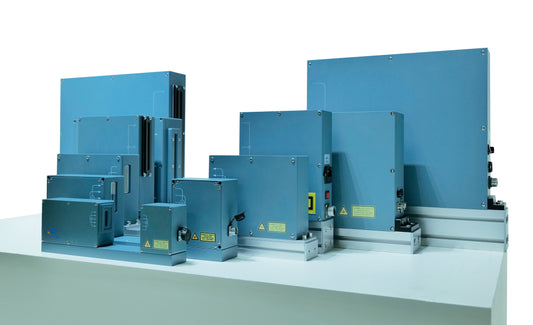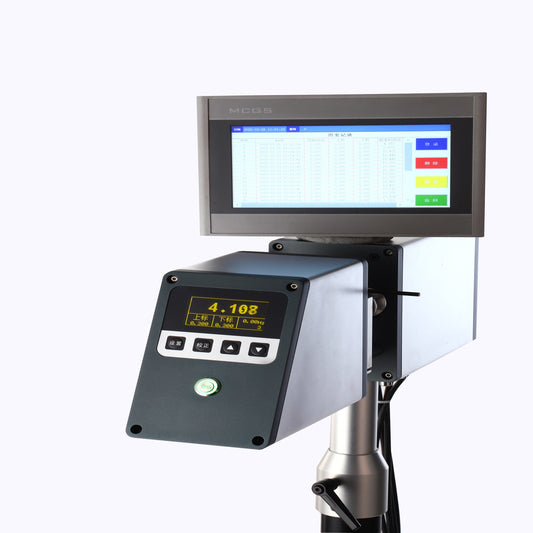
Ujian Percikan dalam Pembuatan Kawat dan Kabel: Perlindungan Kualiti Terbaik
Kongsi
pengenalan
Dalam industri wayar dan kabel, walaupun kecacatan penebat yang paling kecil—sama ada lubang jarum, retak atau kekotoran—boleh membawa kepada kegagalan besar, termasuk litar pintas, kebocoran elektrik atau kebakaran. Memastikan penebat yang sempurna bukan hanya mengenai pematuhan; ia mengenai keselamatan, kebolehpercayaan dan reputasi jenama.
Masukkan penguji percikan —wira pembuatan kabel yang tidak didendang. Sistem ujian voltan tinggi ini mengesan kecacatan penebat dalam masa nyata, menghalang produk yang rosak daripada sampai ke pasaran. Dalam blog ini, kami akan meneroka cara ujian percikan berfungsi, faedah utamanya dan perkara yang perlu dipertimbangkan semasa memilih sistem yang sesuai untuk barisan pengeluaran anda.

Cara Penguji Spark Berfungsi
Penguji percikan beroperasi pada prinsip mudah tetapi berkuasa: pengesanan nyahcas voltan tinggi . Inilah prosesnya:
- Aplikasi Voltan Tinggi – Kabel melalui elektrod (atau mandi air konduktif), di mana cas voltan tinggi terkawal (dari beberapa kV hingga 40kV+) digunakan.
- Pengesanan Kecacatan – Jika penebat mempunyai kecacatan (lubang jarum, retak, bintik nipis), nyahcas voltan pada titik lemah, menghasilkan percikan yang boleh dilihat.
- Isyarat & Tindak Balas – Sistem serta-merta merekodkan lokasi kecacatan, mencetuskan penggera, malah boleh menghentikan pengeluaran untuk kegagalan kritikal.
Kaedah tidak merosakkan ini memastikan 100% pemeriksaan tanpa merosakkan kabel.
Aplikasi Utama dalam Pengeluaran Kawat & Kabel
1. Kawalan Kualiti Penebat
· Mengesan lubang jarum, gelembung udara, variasi ketebalan dan bahan cemar dalam kabel kuasa, kabel data dan kabel sepaksi.
· Penting untuk kabel voltan tinggi (10kV+) di mana integriti penebat adalah kritikal.
2. Ujian Jaket/Sarung
· Mengesahkan jaket PVC, PE, XLPE dan getah untuk keretakan mikro atau bintik lemah yang boleh membenarkan kelembapan atau kemasukan bahan kimia.
3. Pemantauan Pengeluaran Dalam Talian
· Tidak seperti pensampelan manual, penguji percikan memeriksa setiap meter kabel pada kelajuan sehingga 1,000 m/min , menghapuskan kesilapan manusia.
4. Pematuhan Piawaian Industri
· Memenuhi IEC 60502, UL 2556, GB/T 3048 dan keperluan ujian global yang lain.
Mengapa Ujian Spark ialah Pengubah Permainan
✅ Sifar Kecacatan Melarikan Diri – Menangkap kecacatan tahap mikron sebelum ia menjadi kegagalan medan.
✅ Lebih Pantas Daripada Ujian Manual – Memproses talian penyemperitan berkelajuan tinggi tanpa kesesakan.
✅ Pengelogan & Kebolehkesanan Data – Menyimpan laporan kecacatan untuk audit kualiti dan penambahbaikan proses.
✅ Menghalang Penarikan Balik yang Mahal – Mengurangkan tuntutan waranti dan kerosakan reputasi.
Memilih Penguji Spark yang Tepat
Tidak semua penguji percikan adalah sama. Pertimbangkan faktor-faktor ini:
| Ciri | Keperluan |
|---|---|
| Julat Voltan | 0-5kV (telekom), 5-40kV (kabel kuasa HV) |
| Menguji Kelajuan | Mesti sepadan dengan kelajuan talian penyemperitan anda |
| Pilihan Penggera | Makluman audio/visual, hentian automatik atau tanda kecacatan |
| Rintangan Alam Sekitar | Berkadar IP untuk keadaan basah/berhabuk |
Petua Pro: Cari model yang dipertingkatkan AI yang mengklasifikasikan kecacatan (cth, lubang jarum vs. bahan cemar) untuk mendapatkan cerapan yang lebih mendalam.
Masa Depan Ujian Spark
· AI & Pembelajaran Mesin – Pengelasan kecacatan yang lebih pintar dan penyelenggaraan ramalan.
· Ujian Voltan Lebih Tinggi – Untuk kabel ultra-HV 500kV+ gen seterusnya .
· Penyepaduan IIoT – Analitik berasaskan awan untuk pemantauan kualiti masa nyata.
Fikiran Akhir
Ujian Spark bukan sekadar kotak semak pematuhan—ia merupakan pelaburan strategik dalam kebolehpercayaan produk dan kepercayaan pelanggan. Apabila teknologi kabel berkembang (5G, pengecasan EV, ladang angin luar pesisir), penguji percikan akan kekal sebagai asas jaminan kualiti.
Perlukan penguji percikan yang sesuai dengan barisan pengeluaran anda?
📩 Hubungi kami untuk rundingan atau demo percuma!


